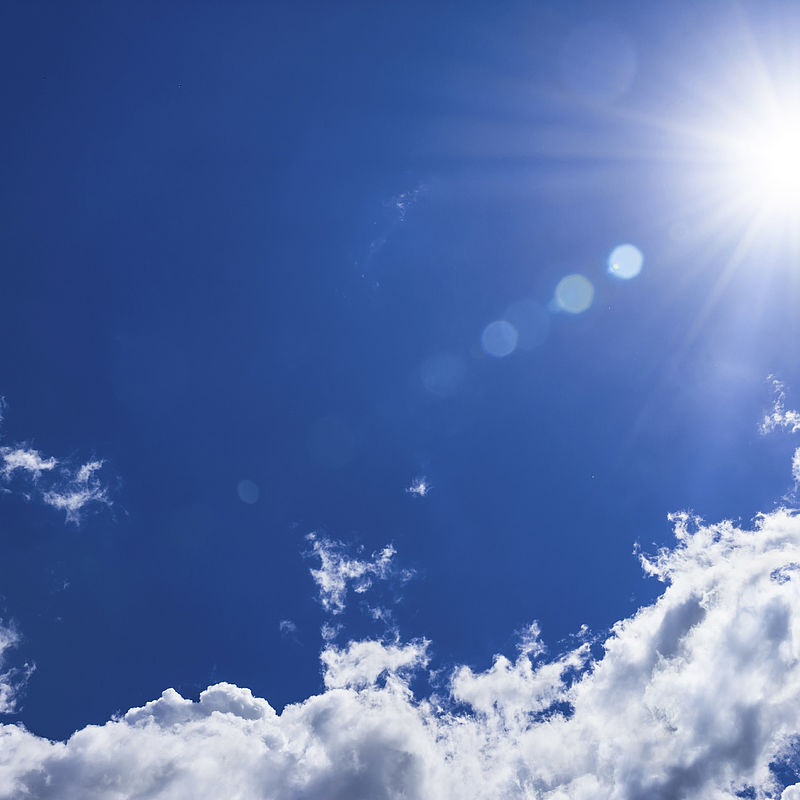
Monitoring exposure to UV radiation
Challenge
Earth-based measurements of solar UV radiation are currently made using complex scanning spectroradiometers, installed at a limited number of monitoring stations worldwide. These instruments are expensive to purchase and maintain, and time consuming to use. The introduction of newer, faster compact CCD array spectroradiometers, based on the technology used in digital cameras, will provide a cost-effective alternative to conventional instruments and have the potential to increase the worldwide UV monitoring network.
Before this expansion can take place, the new instruments need to be well characterised, and best operating practices defined, to ensure they produce high-quality UV radiation data that is compatible with measurements made with scanning spectroradiometers.
Solution
The EMRP project Traceability for surface spectral solar ultraviolet radiation developed new transfer standards and best practice guidelines to improve the accuracy and comparability of solar UV measurements. These best practice guidelines were disseminated to 60 operators from environmental monitoring stations across the globe during an instrument comparison exercise at the World Meteorological Organization in Davos, Switzerland. This comparison enabled operators to compare their CCD array spectroradiometers to the world standard instrument, QASUME, giving direct traceability for this type of instrument for the first time. All participants also received training in the methods developed within the project to improve solar UV measurements in the field.
The new transfer standards, capable of in-situ use, enable traceability for installed UV spectroradiometers without the need to send instruments to Davos for direct comparison against QASUME. Instrumentation previously validated in situ using the new transfer standards demonstrated better accuracy during the comparison exercise than non-validated instrumentation reinforcing the importance of traceability to instrument performance.
Impact
Public Health England (PHE) has a remit to monitor the public’s exposure to all types of radiation and routinely publishes UV exposure data from its monitoring network, spread throughout the UK, for research and trend analysis. PHE developed a prototype array spectroradiometer for monitoring exposure of competitors and spectators at the 2012 London Olympics, and took this prototype instrument to the comparison exercise at Davos. Following interaction with the project, the PHE prototype spectroradiometer, operated with the new best practice procedures, demonstrated improved performance and better agreement with the world reference instrument.
El Arenosillo, an atmospheric research observatory of Spain’s space agency, Instituto Nacional de Técnica Aeroespacial, also took part in the Davos comparison exercise. The exercise highlighted interference problems caused by the instrument’s refrigeration unit, and interactions with the other participants have increased measurement know-how and will enable informed decisions on proposed system upgrades. El Arenosillo has now embraced the best practice guidelines derived in the project, improving the comparability and compatibility of both aerial and ground based measurements performed at the monitoring station.
These are just two early examples of how the UV monitoring community has adopted improved measurement practices, following interaction with the project. This will lead to improved confidence in future measurements of UV radiation measurements used in climate forecasting and decision making in health policy. The introduction of faster, cheaper CCD arrays for UV monitoring will also increase networked coverage and improve warnings of hazardous UV levels
- Category
- EMRP,
- Environment,
